Welcome!
On this page you will find a rather broad overview of my research interests – just enough to get your feet wet and get a feel for what I think about every day when it comes to plants. On the left is a collection of links to a more in-depth discussion of my research interests (under construction electronically and mentally).
TL;DR for below: Meadow-rues are an ideal clade to study how plants evolve when they move to new areas. Meadow-rues show variation in biogeography and sexual traits – both of which may correlate with the other. While biogeography and sexual trait evolution can inform each other, they may also interact to influence diversification.
Study System
Meadow-rues
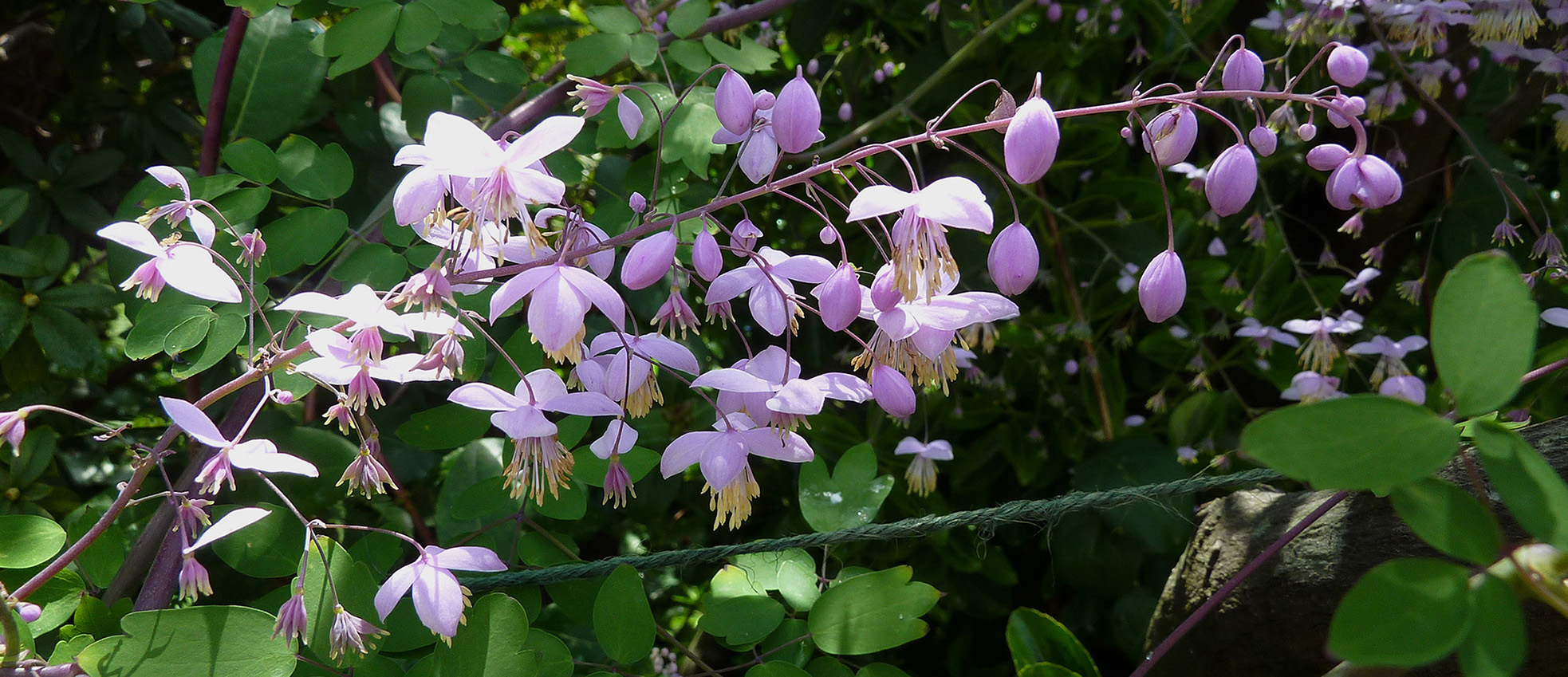
My work is based in meadow-rues (Thalictrum, Ranunculaceae), a relatively large (~196 species) genus of charismatic buttercups. Meadow-rues prove to be an interesting study system for several reasons:
- Meadow-rues are nearly fully sampled, and therefore have the potential for a complete phylogeny.
- Meadow-rues show several (and repeated) geographical transitions.
- Meadow-rues also show instability in sexual traits, like sexual system and pollination syndrome (see images below).
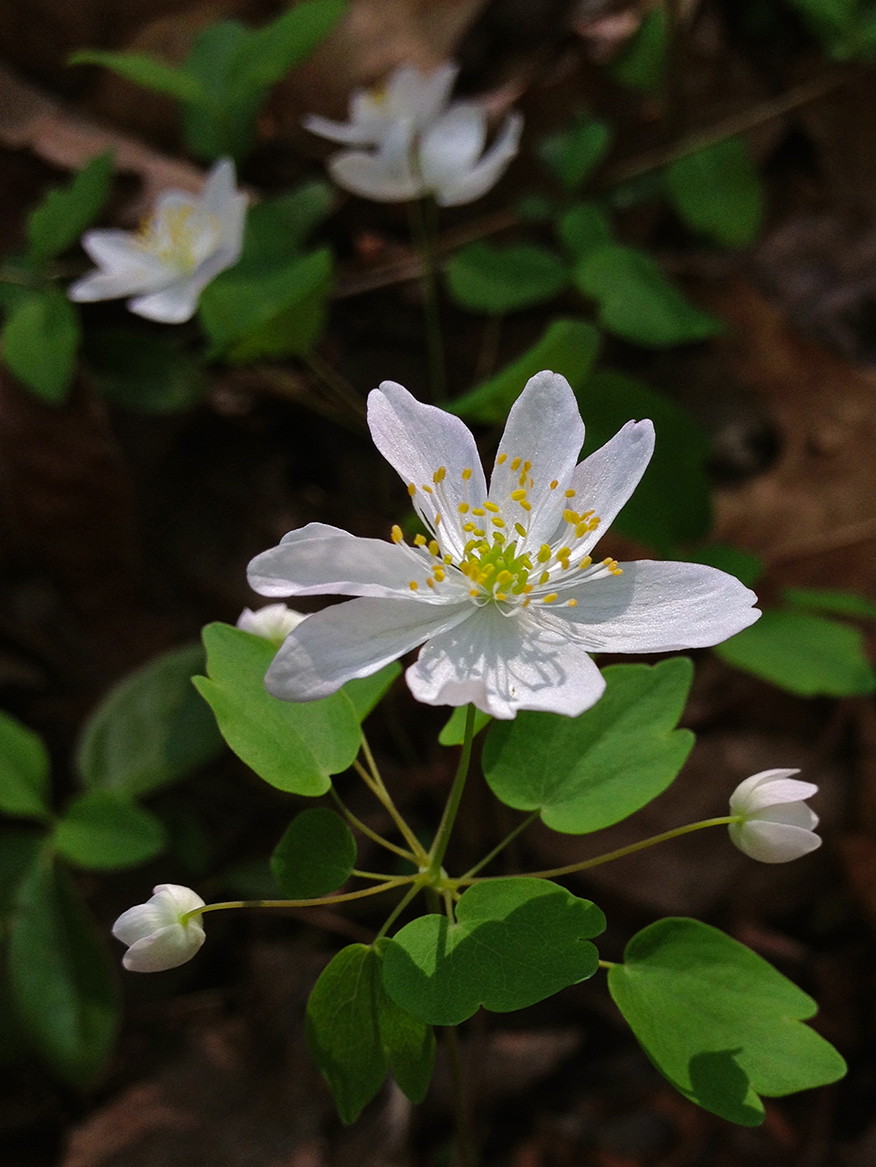

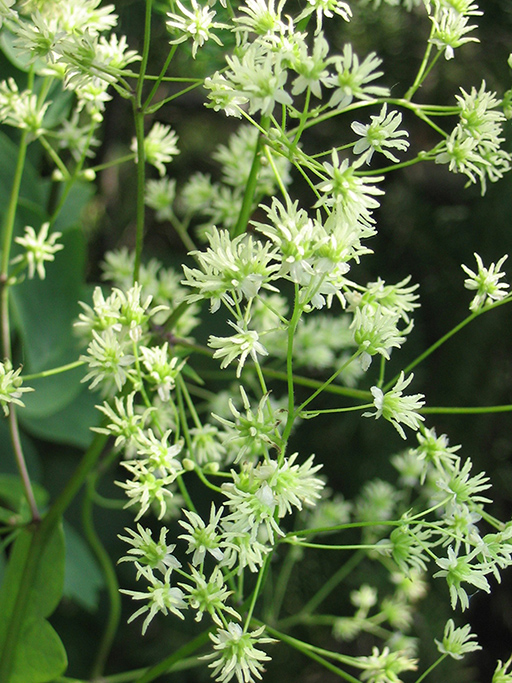
These reasons set meadow-rues up as an ideal case to study how plants evolve when they move to new areas – a key question in evolutionary biology.
Areas of Study
With meadow-rues in mind, I hope to tackle the following ideas.
Biogeography
Biogeography is the study of how species are distributed in space and time. Intuitively, these species distributions vary scale: a common species may be present on a large, old continent, versus an endemic only present on a small, new volcanic island.
How useful are biogeographic data? These data, in context with other character data for a clade of taxa, can inform and possibly correlate with the evolution of important traits.
For meadow-rues, repeated biogeographical transitions (and the associated movement into novel ecological areas) may be a key player in why meadow-rues so often vary in their sexual traits.
The biogeography of Thalictrum likely plays an important role in the variation of sexual traits across the genus.
Sexual Trait Evolution
Plants have cool sex. Two main factors in “coolness” of plant sex are sexual system and pollination syndrome.
Sexual system can be understood as determining who mates with whom. Plants are notably diverse in this way. Certain species may have individuals who are in a sense male and female (i.e. hermaphroditic), as their flowers produce both male and female gametes. The classic dichotomy in plant sexual system is between monoecious (hermaphroditic individuals) and dioecious (unisexual individuals) species.
Pollination syndrome can similarly be understood as how one mates with another. The “syndrome” of a pollination syndrome refers to the phenotype of flowers of a species, which, given a suite of morphological traits, may advertise itself to animals, or maximize the movement of wind around its sexual organs.
Meadow-rues are special in their sexual traits, because within the genus are comparable numbers of dioecious and wind-pollinated species, and monoecious and insect-pollinated species.
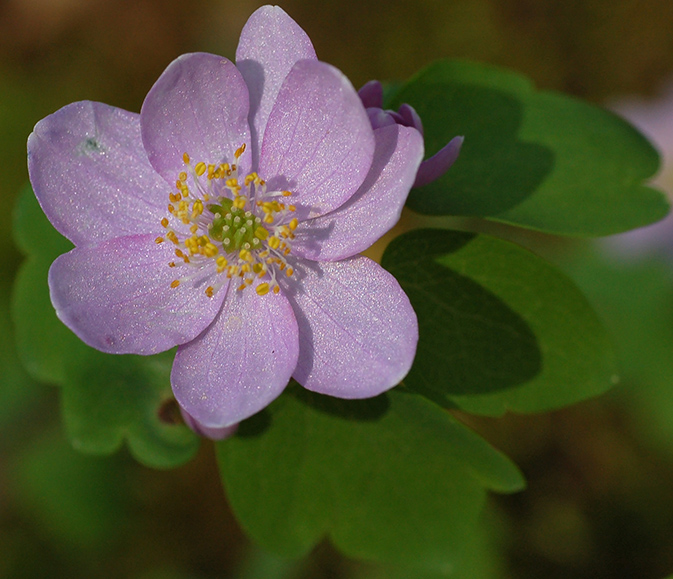
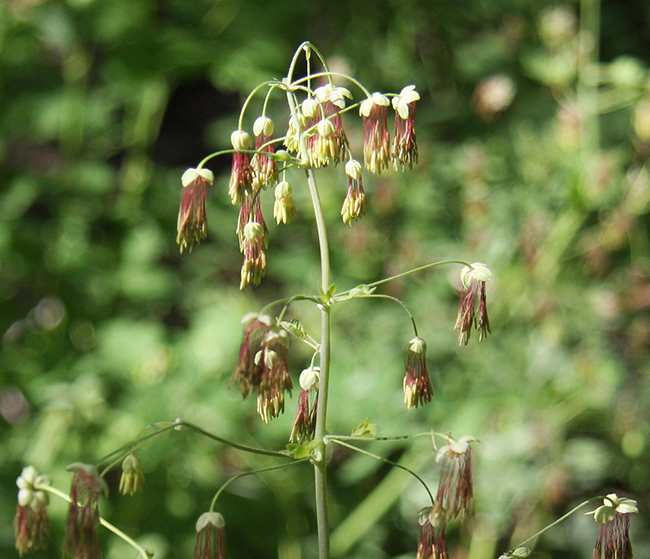
Variation in sexual traits in Thalictrum may be a result of movement into new areas, which forces species to adapt in order to reproduce.
Diversification
The world is full of little brown jobs and damned yellow composites (see figures below). Why? Why are certain groups of taxa more diverse than others?
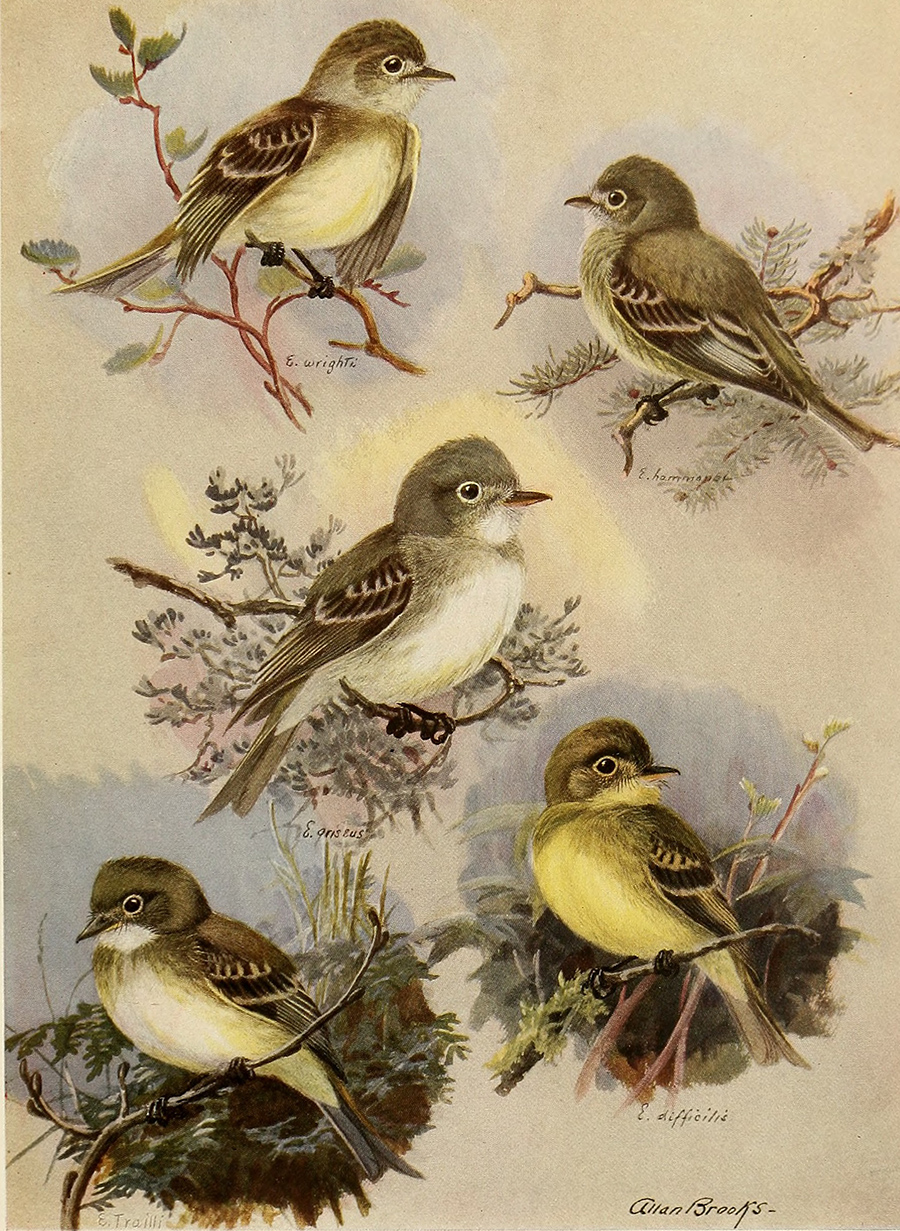

Diversification at its core is a push and pull between speciation (the formation of a new taxon) and extinction (the elimination of a taxon). Uncovering and describing why a clade diversified compared to others is a cornerstone in evolutionary biology.
A major theoretical framework in diversification studies revolves around the notion that the evolution of a “key innovation” (i.e. a trait) can trigger a clade to diversify. Other aspects of this framework are “key synnovations” (i.e. evolution of and interaction between two or more traits) and “key confluences” (i.e. an interaction between a trait and the environment).
Meadow-rues are an ideal system in which to study this theoretical framework. Their geographical and sexual trait transitions from the ancestral condition, depending on the combination of those transitions, are test cases for studying these trait interactions that influence diversification.
Biogeography and evolution of sexual traits may cooperatively interact to diversify certain lineages within Thalictrum through hypothesized envionmental and trait interactions.